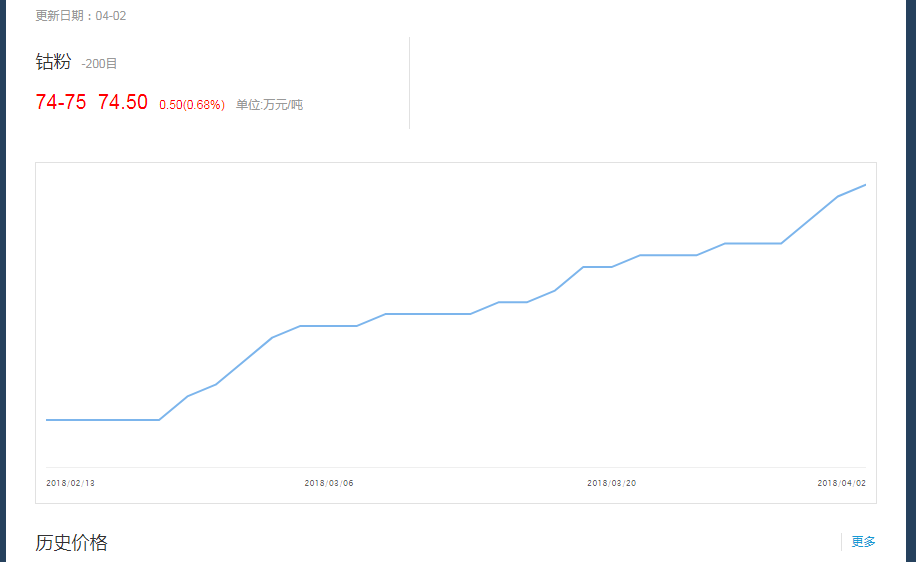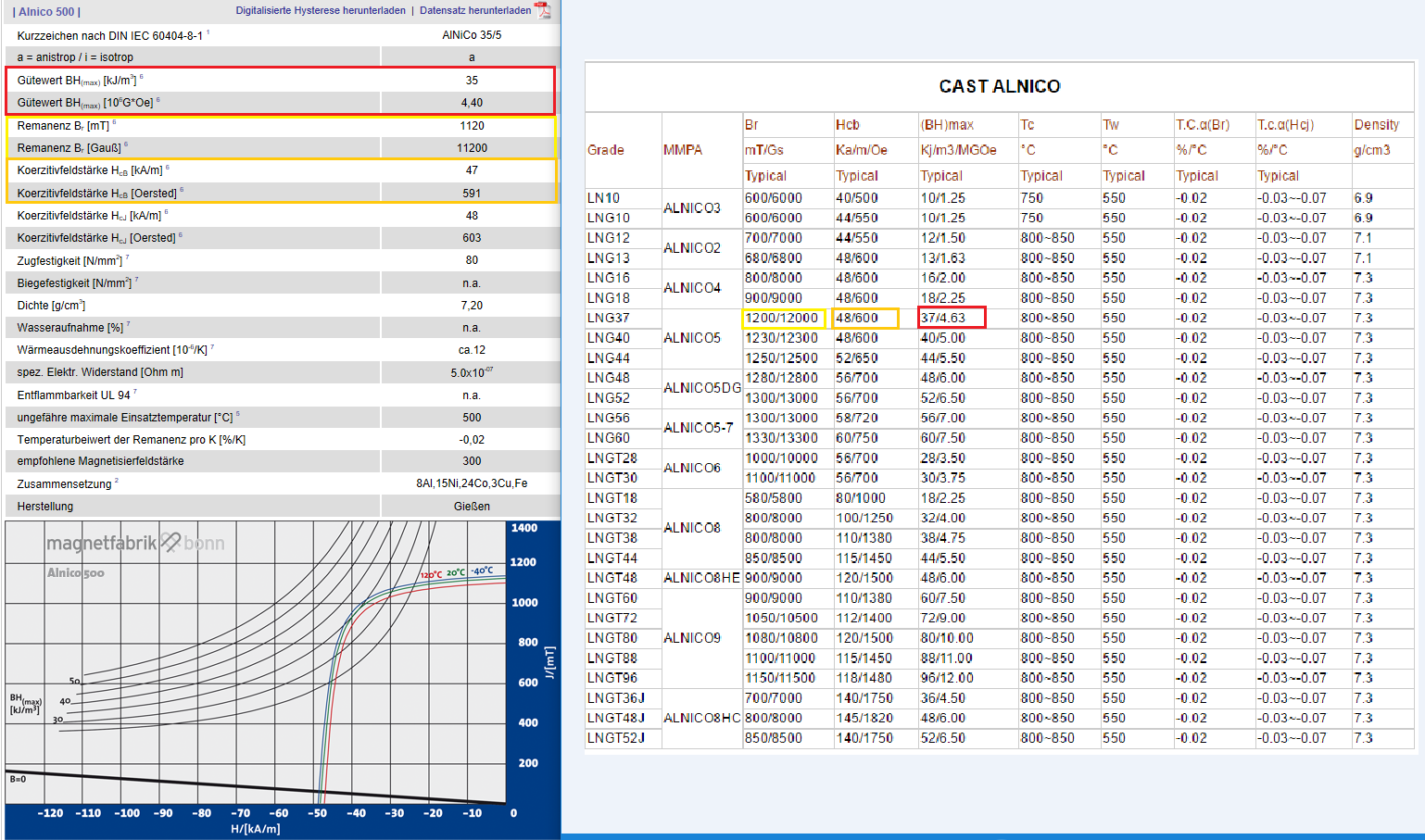Cast alnico magnet:
Cast alnico magnet is a traditional?permanent magnet, the composition of alnico alloys is typically 8–12% Al, 15–26% Ni, 5–24% Co, up to 6% Cu, up to 1% Ti, and the balance is Fe. The development of alnico began in 1931, when T. Mishima in Japan discovered that an alloy of iron, nickel, and aluminum had a coercivity of 400 oersted (Oe; 32 kA/m), Permanent magnets retain magnetic properties even in the absence of an external magnetic field. Alnico magnets are used across a range of applications such as household equipment, electricity generation, automobiles, electronic and medical devices. The cost increased due to Raw materials goes up and exchange rate changing, mainly manufactured in China. Cobalt cost predicted to go up in the future as well, since Li-Co-Ti battery for HEV industry, check the price diagram in Chinese government metallic materials website below,

Kyle Magnetics?devotes ourselves in clean energy and prevents global-warming effect with our professional knowledge in magnetic materials, alnico magnets are extensively used in the automotive industry across a range of applications such as economy and pollution control. We are focusing on cast alnico magnet and sintering alnico magnet since 2006, with ISO/TS 16949 transition audit to IATF 16949:2016, we start to increase production line to alnico components such as alternators, motors, and gearbox require alnico magnets to carry out their mechanism.
Application:
In addition, alnico magnets are one of the most vital components in electric motors and are used in exhaust gas recirculation (EGR) systems that help reduce NOx emissions. Most automotive engines and electric motors use alnico magnets as they are highly coercive in nature. Moreover, alnico magnets are used in the stator of the wind turbine for producing AC electricity.?
The rising environmental concerns and depleting conventional sources of energy have led to the increasing use of renewable energy sources such as wind energy and solar energy. This has favored the growth of the global alnico magnets market. Furthermore, hybrid electric vehicles are expected to present new growth opportunities to the alnico magnets, Chinese government policy give a dead line to tradition vehicle stop selling before 2025.
Specification:
